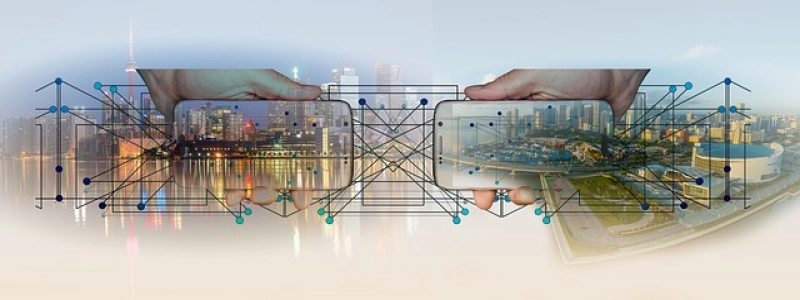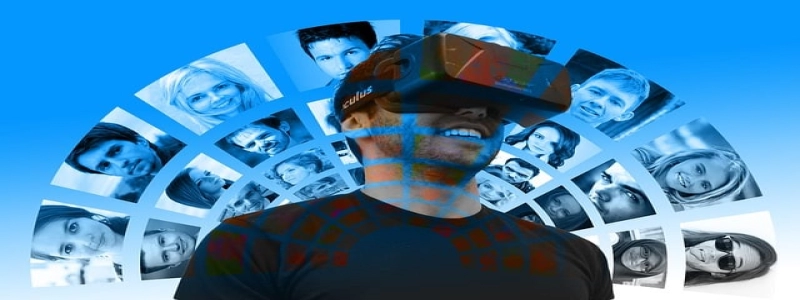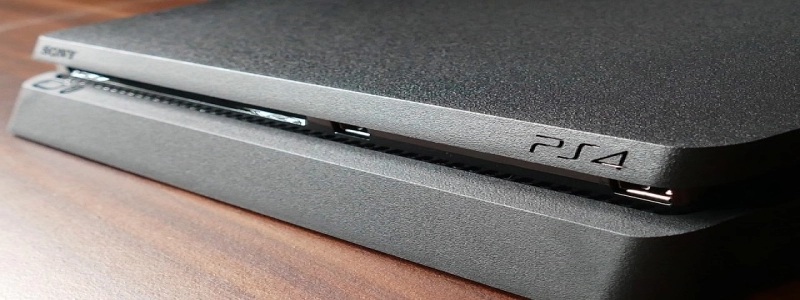Fiber Optic Cable Attenuation
Introduction:
Fiber optic cables are widely used for high-speed data transmission over long distances. However, like any other transmission medium, they experience a phenomenon known as attenuation. This article aims to provide a comprehensive understanding of fiber optic cable attenuation, its causes, and its effects on data transmission.
I. What is Attenuation?
1.1 Definition:
Attenuation refers to the loss of signal strength as it travels through a fiber optic cable. It is measured in decibels (dB) and is a crucial factor in determining the quality and reliability of data transmission.
1.2 Types of Attenuation:
There are three main types of attenuation in fiber optic cables:
a) Absorption: Occurs due to the conversion of optical power into heat energy by the atoms in the cable material.
b) Scattering: Caused by the redirection of light energy due to small imperfections in the cable structure.
c) Bending: Results from the loss of light energy when the fiber optic cable is bent beyond its minimum bending radius.
II. Causes of Attenuation:
2.1 Material Impurities:
Impurities within the fiber optic cable material can absorb or scatter light, leading to significant attenuation. These impurities may result from manufacturing defects or external contamination.
2.2 Cable Length:
Attenuation increases with the length of the fiber optic cable. Longer cables experience more attenuation, which can limit the maximum achievable data transmission distance.
2.3 Cable Connectors:
Improperly installed or poorly maintained connectors can introduce additional attenuation. Loose connections or dirty connectors can cause significant losses in signal strength.
III. Effects of Attenuation:
3.1 Signal Degradation:
Attenuation causes a reduction in the power of the transmitted signal, leading to signal degradation and potential loss of data integrity. The receiving end may receive distorted or incomplete data, resulting in communication errors.
3.2 Transmission Distance Limitations:
High levels of attenuation restrict the maximum distance over which data can be reliably transmitted. The loss of signal strength can result in signal loss or low signal-to-noise ratios, limiting the operational range of fiber optic systems.
3.3 Bandwidth Limitations:
Attenuation affects the available bandwidth of a fiber optic cable. As the signal strength decreases, the usable bandwidth decreases. This limits the amount of data that can be transmitted simultaneously.
Conclusion:
Understanding fiber optic cable attenuation is essential for ensuring efficient and reliable data transmission. By addressing the causes of attenuation and minimizing its effects, network operators can optimize the performance of their fiber optic systems. Regular maintenance, proper cable handling, and the use of high-quality materials are crucial to reducing attenuation and maintaining high-speed data transmission capabilities.







